Mthandazo Ndhlovu
MAGNETO: Edge AI for Human Activity Recognition -- Privacy and Personalization
Feb 14, 2024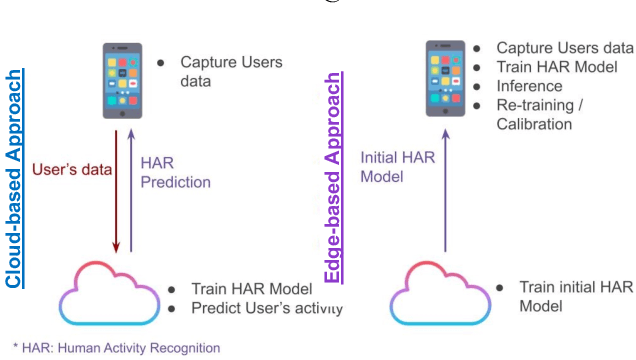
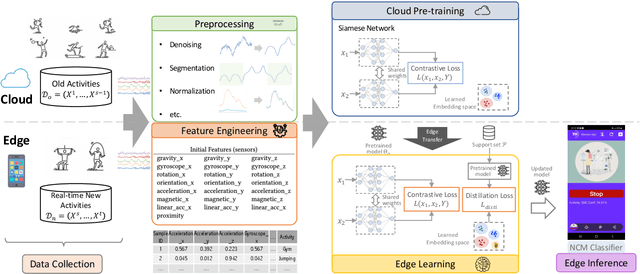
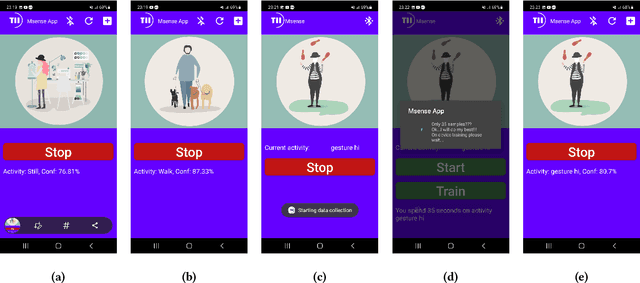
Abstract:Human activity recognition (HAR) is a well-established field, significantly advanced by modern machine learning (ML) techniques. While companies have successfully integrated HAR into consumer products, they typically rely on a predefined activity set, which limits personalizations at the user level (edge devices). Despite advancements in Incremental Learning for updating models with new data, this often occurs on the Cloud, necessitating regular data transfers between cloud and edge devices, thus leading to data privacy issues. In this paper, we propose MAGNETO, an Edge AI platform that pushes HAR tasks from the Cloud to the Edge. MAGNETO allows incremental human activity learning directly on the Edge devices, without any data exchange with the Cloud. This enables strong privacy guarantees, low processing latency, and a high degree of personalization for users. In particular, we demonstrate MAGNETO in an Android device, validating the whole pipeline from data collection to result visualization.
Practical Insights on Incremental Learning of New Human Physical Activity on the Edge
Aug 22, 2023Abstract:Edge Machine Learning (Edge ML), which shifts computational intelligence from cloud-based systems to edge devices, is attracting significant interest due to its evident benefits including reduced latency, enhanced data privacy, and decreased connectivity reliance. While these advantages are compelling, they introduce unique challenges absent in traditional cloud-based approaches. In this paper, we delve into the intricacies of Edge-based learning, examining the interdependencies among: (i) constrained data storage on Edge devices, (ii) limited computational power for training, and (iii) the number of learning classes. Through experiments conducted using our MAGNETO system, that focused on learning human activities via data collected from mobile sensors, we highlight these challenges and offer valuable perspectives on Edge ML.
Revolutionizing Cyber Threat Detection with Large Language Models
Jun 25, 2023
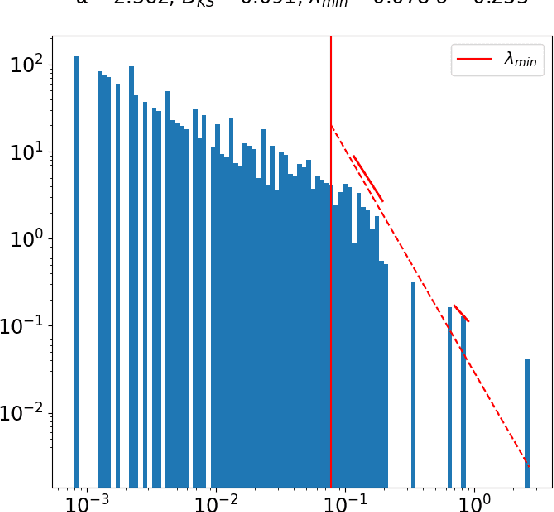
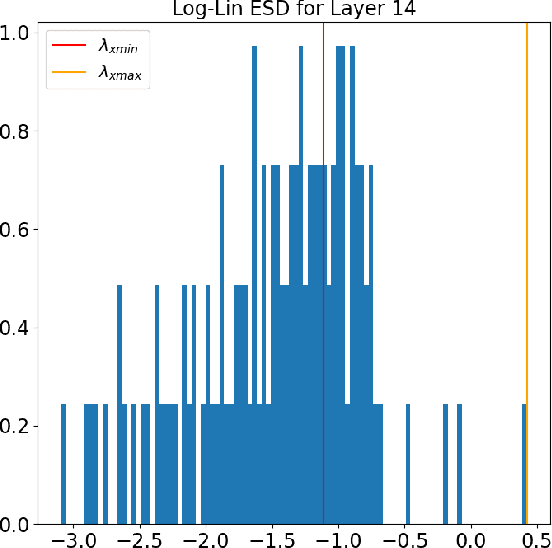

Abstract:Natural Language Processing (NLP) domain is experiencing a revolution due to the capabilities of Pre-trained Large Language Models ( LLMs), fueled by ground-breaking Transformers architecture, resulting into unprecedented advancements. Their exceptional aptitude for assessing probability distributions of text sequences is the primary catalyst for outstanding improvement of both the precision and efficiency of NLP models. This paper introduces for the first time SecurityLLM, a pre-trained language model designed for cybersecurity threats detection. The SecurityLLM model is articulated around two key generative elements: SecurityBERT and FalconLLM. SecurityBERT operates as a cyber threat detection mechanism, while FalconLLM is an incident response and recovery system. To the best of our knowledge, SecurityBERT represents the inaugural application of BERT in cyber threat detection. Despite the unique nature of the input data and features, such as the reduced significance of syntactic structures in content classification, the suitability of BERT for this duty demonstrates unexpected potential, thanks to our pioneering study. We reveal that a simple classification model, created from scratch, and consolidated with LLMs, exceeds the performance of established traditional Machine Learning (ML) and Deep Learning (DL) methods in cyber threat detection, like Convolutional Neural Networks (CNN) or Recurrent Neural Networks (RNN). The experimental analysis, conducted using a collected cybersecurity dataset, proves that our SecurityLLM model can identify fourteen (14) different types of attacks with an overall accuracy of 98%
 Add to Chrome
Add to Chrome Add to Firefox
Add to Firefox Add to Edge
Add to Edge